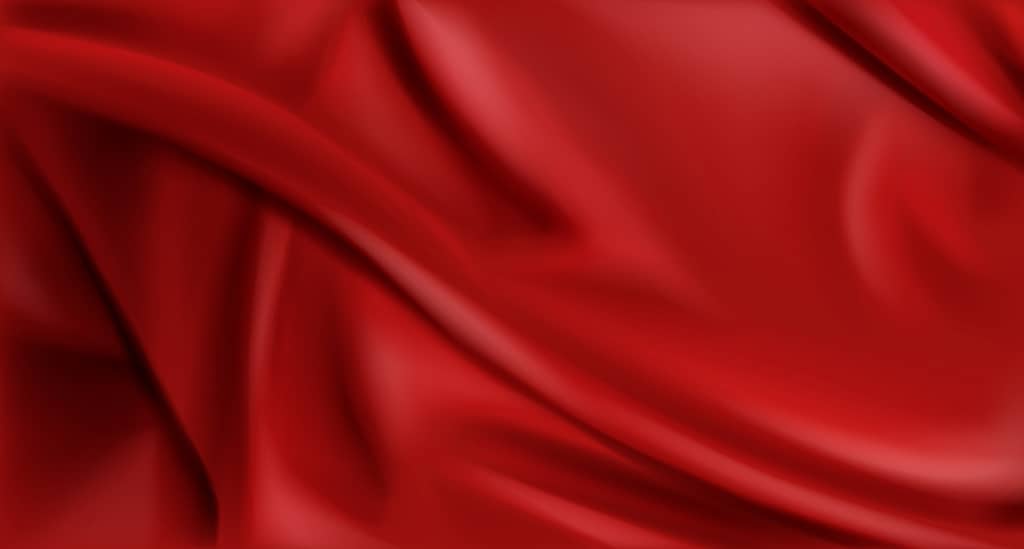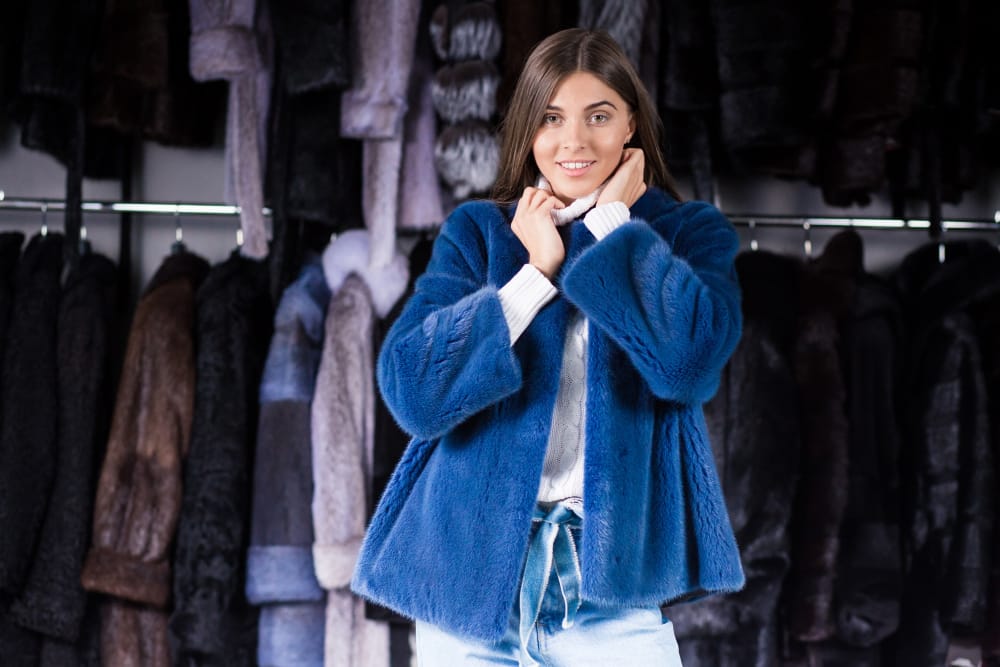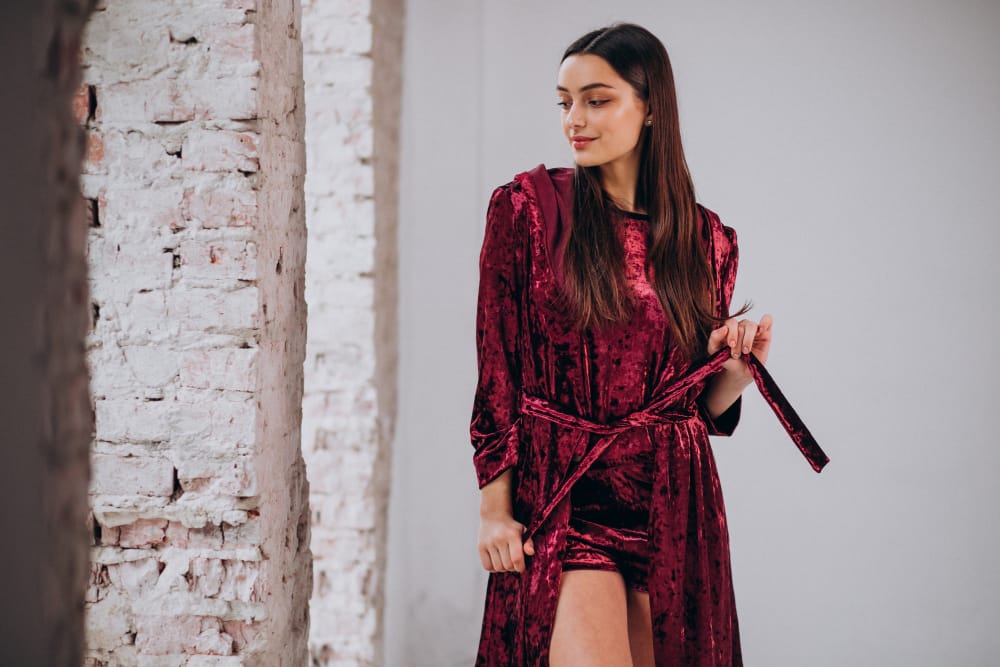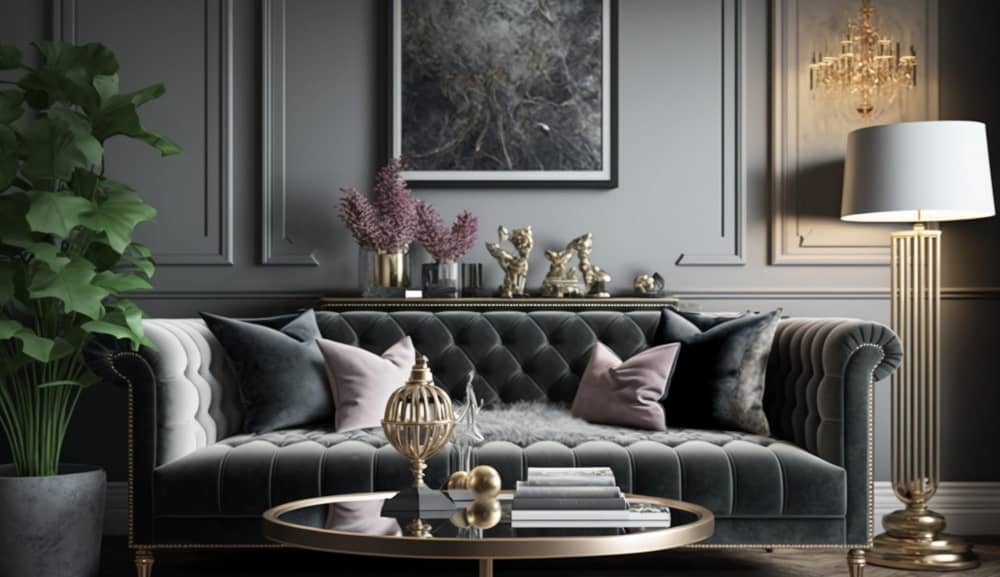Home » Velvet
Unravelling the Plush Texture of Velvet
Velvet, a luxurious fabric that has been coveted for centuries, is known for its plush texture and rich appearance. Whether used in fashion or interior design, velvet adds a touch of elegance and sophistication to any setting. In this blog post, we will delve into the world of velvet, exploring its history, manufacturing process, different types, and its timeless appeal in the world of fashion and interior design. Additionally, we will provide tips on how to care for your velvet garments and furnishings to ensure they maintain their plush texture for years to come.

The Rich History of Velvet
Velvet’s origins trace back to the opulent courts of ancient civilisations, where it was esteemed as a material emblematic of prestige and affluence. The journey of velvet through the ages is a testament to its enduring allure and status. In the early days, the production of velvet was a meticulous and labour-intensive process, reserved for the wealthiest echelons of society. This sumptuous fabric found its roots in the Far East, notably in China, before making its way along the Silk Road to become a coveted treasure in the palaces of Egypt, Persia, and eventually, Europe.
The Renaissance period marked a significant turning point for velvet, as Italian craftsmen, particularly in cities like Florence, Genoa, and Venice, mastered the art of velvet weaving. Their innovation led to the creation of velvets with intricate patterns and designs, further elevating the fabric’s luxury status. As European demand for velvet soared, it began to symbolise not only wealth but also authority and power, adorning the interiors of royal residences and the attire of the aristocracy.
By the 18th and 19th centuries, advancements in textile production techniques made velvet more accessible, allowing it to transcend its aristocratic origins. Despite this democratisation, velvet has never lost its association with luxury and refinement. Throughout its storied history, velvet has remained a fabric that captures the imagination, evoking a sense of opulence and elegance that continues to enchant to this day.
The Unique Manufacturing Process of Velvet
At the heart of velvet’s distinctive allure is its complex and intricate manufacturing process, which sets it apart from other textiles. The creation of velvet involves an elaborate technique known as double weaving, where two thicknesses of material are woven simultaneously. This technique involves weaving two layers of fabric on a special loom that simultaneously interlinks them. The magic occurs when these layers are then cut apart in the middle, producing two pieces of fabric, each with its own upright pile. This pile is responsible for velvet’s signature plushness and depth of colour.
One of the critical stages in producing velvet is the cutting process, which must be executed with precision to ensure that the pile stands up uniformly, giving the fabric its luxurious feel. Depending on the material used—be it silk, cotton, or a synthetic blend—the resulting texture and lustre can vary significantly, offering a wide range of finishes from glossy silks to matte cottons.
The choice of fibre greatly influences the fabric’s character and use. Silk velvet, prized for its sumptuous sheen and softness, is often the hallmark of high-end luxury garments and decor. On the other hand, cotton and synthetic velvets offer a more affordable, yet still elegant, alternative suitable for a broader range of applications.
This intricate process, combining skilled craftsmanship with complex weaving technology, is what imbues velvet with its unmatched tactile and visual appeal, making it a perennial favourite in both fashion and interior design.

Exploring the Different Types of Velvet
Velvet’s versatility is showcased through its myriad of types, each distinguished by its texture, manufacturing process, and finish. Among these, crushed velvet stands out for its distinctive, textured look achieved by pressing or twisting the fabric while wet, leading to a lustrous, patterned surface that plays with light in unique ways. Velveteen, on the other hand, presents a more affordable option, mimicking velvet’s luxurious feel with a shorter pile made from cotton, making it durable and suitable for daily wear.
Another notable variant is devoré velvet, where a chemical gel is applied to the fabric to dissolve certain fibres and create a semi-transparent pattern against a denser pile. This technique adds depth and an intricate, decorative appeal to the fabric. Stretch velvet incorporates a small amount of elastane to provide elasticity, making it an ideal choice for comfortable, form-fitting garments. Meanwhile, embossed velvet features patterns pressed into the material using heat and pressure, resulting in a fabric that is visually striking and tactile.
Each type of velvet has its own specific appeal and application, from the opulent sheen of silk velvet, perfect for evening wear, to the practical elegance of polyester blends, widely used in home furnishings for their resilience and ease of care. The diversity of velvet ensures that it continues to be a favoured material across various domains, offering designers and decorators a rich palette of textures and finishes to enhance their creations.
Velvet in Fashion: A Timeless Trend
Velvet continues to cast its spell in the realm of fashion, showcasing its unparalleled ability to convey opulence and depth. This fabric’s inherent glamour makes it a perennial favourite amongst designers, who skilfully incorporate it into a diverse array of clothing pieces. From the sumptuousness of full-length evening gowns that command the room to the understated elegance of blazers that elevate day-to-night looks, velvet’s versatility is its superpower. Accessories, too, find themselves enveloped in velvet’s embrace, with bags, shoes, and scarves adding a luxurious accent to any ensemble.

The adaptability of velvet ensures its relevance across seasons; it brings warmth and texture to winter wardrobes and, in lighter forms, adds a lush touch to summer attire. Designers revel in the fabric’s rich palette and texture, crafting pieces that range from the boldly colourful to the deeply subdued, each garment showcasing velvet’s unique ability to catch and reflect light, thus creating a multi-dimensional allure.
Key fashion houses and emerging designers alike continue to explore and celebrate velvet, pushing the boundaries of how this material can be used. Innovations in textile technology have also broadened the possibilities, introducing stretch velvets that offer comfort and ease of movement, ensuring that velvet garments are not only visually striking but also wearable in a variety of settings.
The fabric’s enduring appeal in fashion circles underscores its status as a timeless trend. With each season, velvet reinvents itself, proving time and again that it is a fabric with enduring appeal, one that transcends fleeting fashion trends to make a lasting statement of elegance and luxury.
Caring for Your Velvet Garments and Furnishings
Maintaining the luxurious feel and appearance of velvet items requires attentive care. It’s crucial to handle velvet with a gentle approach to preserve its unique texture. When cleaning velvet, a soft-bristled brush should be employed to lightly dust the surface, thus avoiding any potential harm to the pile. For spills and stains, it is advisable to blot the area promptly with a clean, dry cloth, refraining from rubbing the fabric, which can embed the stain deeper or crush the velvet’s delicate pile.
In the case of deeper cleaning needs, consulting a professional who specialises in velvet is recommended, as they will have the appropriate expertise and equipment to treat the fabric without causing damage. It is also essential to consider the specific type of velvet, as care instructions may vary between different fibres such as silk, cotton, or synthetic materials.
For storage, velvet should be draped loosely to prevent creasing and kept away from excessive heat or moisture, which can lead to fading or mildew. If velvet garments need to be hung, using padded hangers will help in preserving the shape and integrity of the fabric. By adhering to these care guidelines, the plush texture and opulent appearance of velvet can be enjoyed for many years, maintaining its status as a symbol of luxury in both wardrobe and home décor.

The Role of Velvet in Interior Design
Velvet’s role in interior design extends beyond mere fabric choice; it’s an expression of style and comfort that seamlessly integrates into various decor themes. Its ability to imbue spaces with a sense of luxury and depth makes it a favoured material among interior designers and homeowners alike. The tactile richness of velvet upholstery on sofas and armchairs invites relaxation whilst offering a visual feast, thanks to its deep colour saturation and light-reflective qualities. Velvet cushions scatter a layer of sophistication across living spaces, their plush texture juxtaposed against smoother materials creating an interplay of surfaces that is both engaging and elegant.
In window treatments, velvet curtains not only enhance the aesthetic appeal of a room but also provide excellent insulation, their heavyweight fabric contributing to a feeling of cosiness and warmth. The versatility of velvet in interior design is also evident in its range of finishes and colours, enabling it to anchor a room with bold hues or add subtle texture through more muted tones. Whether dressing up a modern minimalist space with a sleek, embossed velvet or softening a traditional setting with classic silk velvet, this material proves time and again that its application is limited only by the imagination. Adopting velvet in interior design is not just about following a trend; it’s about creating timeless spaces that exude comfort and sophistication.